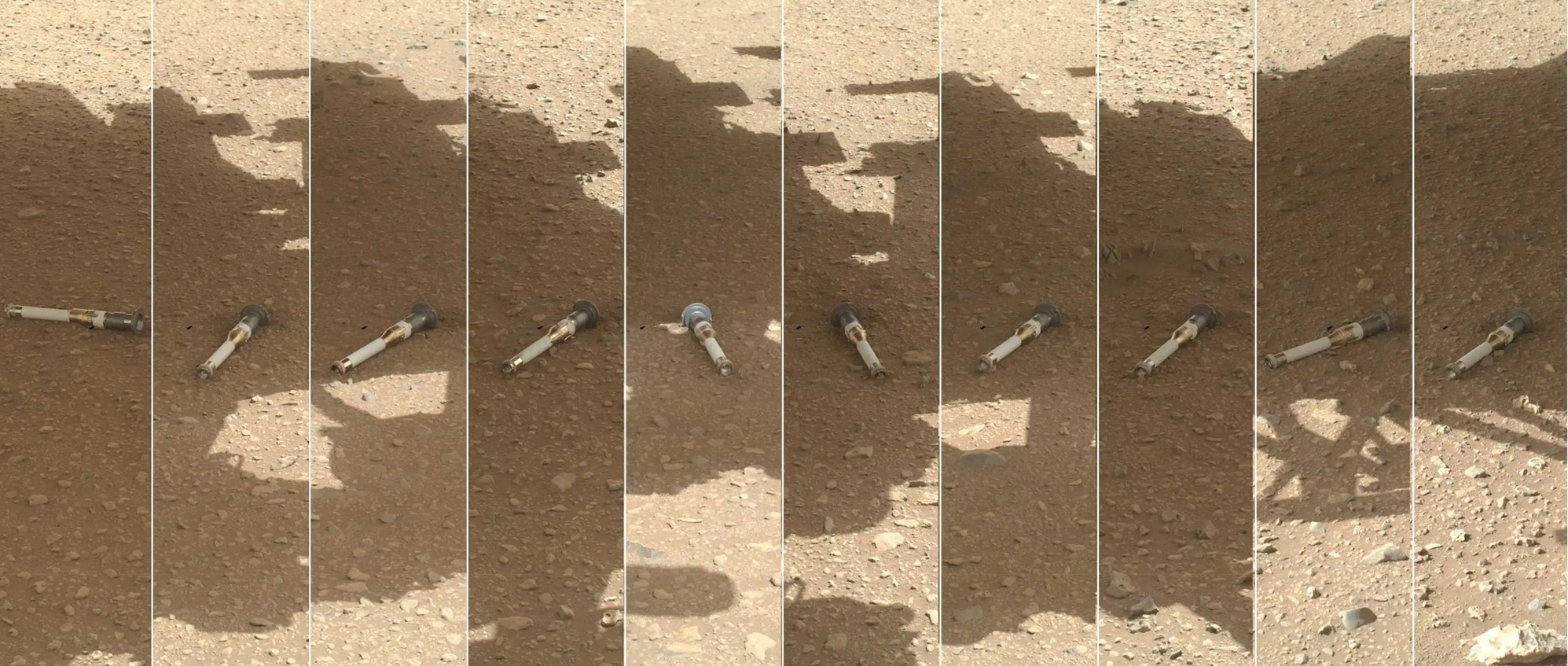Abstract
Venom is a metabolically expensive secretion used sparingly in a variety of ecological contexts, most notably predation and defence. Accordingly, few animals employ their toxins from a distance, and venom-squirting behaviour is only known from select taxa. In scorpions, species belonging to two genera are known to spray venom when threatened, and previous work in Parabuthus transvaalicus shows that venom delivery depends on perceived levels of threat. Here, I describe Tityus (Tityus) achilles sp. nov., a new species of buthid scorpion from Cundinamarca, Colombia. Remarkably, this species is capable of venom spraying, a first for both the genus and the South American continent. Using frame-by-frame video analysis and ballistic equations, I show that T. (Tityus) achilles sp. nov. employs not one, but two types of airborne defences with dramatic differences in reach and venom expenditure. Further, the new species uses an unusually large reserve of prevenom-like secretion for spraying, as opposed to the costly venom used by other spraying scorpions. In light of these key specializations, I propose that toxungen spraying convergently evolved in response to different selection pressures, laying the groundwork for future investigation.
behaviour, Colombia, evolutionary biology, new species, taxonomy, toxin, toxungen, venom spitting











Leave a Comment